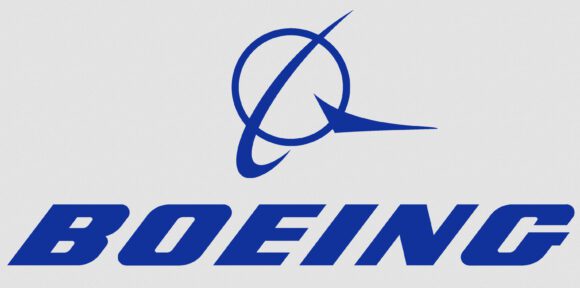Sources in both China and Russia indicate that the formalization of the long-discussed agreement to build a new widebody aircraft in China using Russian intellectual property will be approved later this month and finalized by the end of the year.
Under the agreement, Russia will supply the intellectual property from the Ilyushin IL-96 widebody jet, which will serve as the underpinnings for the design of a new aircraft, currently names the ShFS by UAC and expected to commercially be named the COMAC 929 in China.
The joint venture will be a 50-50 split, with a total investment of about $13 billion required. The agreement was forged in 2014 during Vladimir Putin’s visit to China.
The ShFS is expected in 2 models, a 300 and 400 seat model with a range of 2,700 nautical miles to serve internal markets within China and Russia. Roll out of the first flying prototype is planned for 2021, certification in 2023, and serial production and deliveries beginning in 2025.
Russian engine maker Aviadvigatel has proposed a scaled up 1:2 version of the PD-14 engine to be used on the MC-21 for this application. This engine is the most recent Russian design, with a bypass ratio of about 9:1 and fuel economy between the current and future generations of widebody engines. We expect the new aircraft to be a two-engined aircraft taking design cues from the baseline IL-96 and Boeing 787, which China has targeted as the best in class technology to obtain for the new aircraft.
The Threat to Boeing and Airbus
In the near term, it is unlikely that the new aircraft would be a serious threat to Airbus and Boeing widebodies in international markets, but would negatively impact their sales in China, as the C919 already has with the A320neo and 737MAX families. However, market entry into the widebody market by a third player will begin to change the competitive dynamics in the segment, less favorably for the incumbent duopoly.
Will the New Airplane be a Success?
China is a patient country, and has targeted aviation as a key future market. While they are still learning, they recognize that their strategy is long-term and will require 20-30 years. The new aircraft is merely a first step along a longer path to take a large share of the international market. The first aircraft does not need to be a commercial success, but a technical step on the learning curve for COMAC.
The Bottom Line
Twenty years from now, we’ll be talking about the big three ABC manufacturers: Airbus, Boeing and COMAC. Today’s big two need to tighten their intellectual property security and continue to innovate if they are to maintain their current technological lead over the longer-term, and preclude COMAC access to their key international customers. The threat is coming, and is real.
Views: 0



